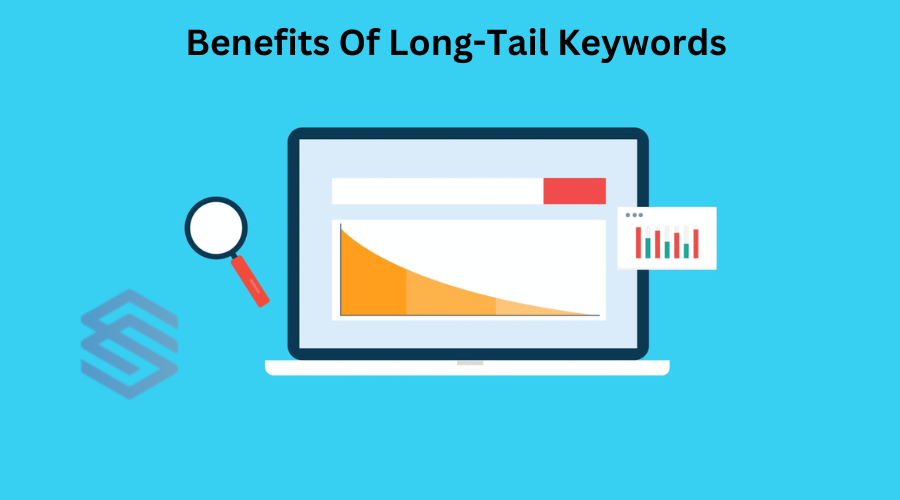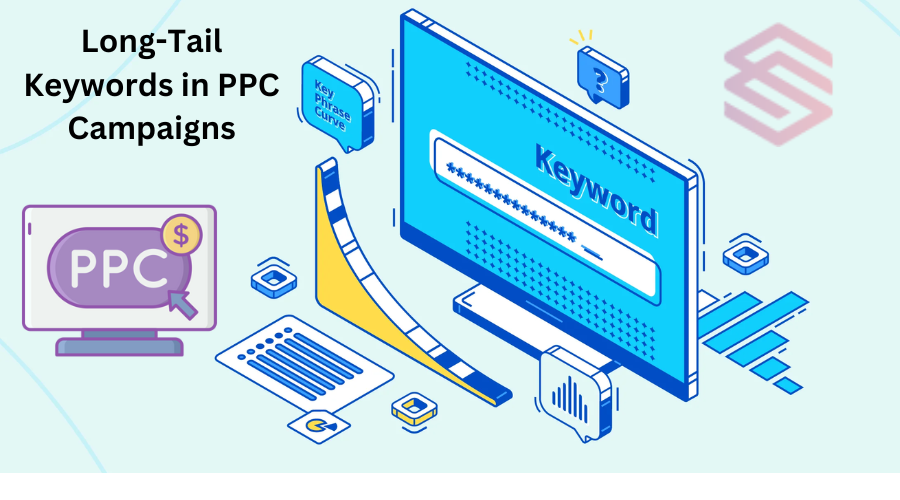In the digital landscape of search engine optimization (SEO), long-tail keywords have emerged as powerful tools for businesses. To improve their online visibility and attract targeted traffic. Unlike short-tail keywords, which are broad and highly competitive. Long-tail keywords offer a more focused approach, unlocking hidden gems for SEO success. In this article we will discuss on power of long-tail keywords in SEO and theit impact.
Table of contents
Long-Tail Keywords
Long-tail keywords refer to specific phrases or queries that users type into search engines. These keywords typically consist of three or more words and are highly specific to a particular topic, product, or service. For example, instead of targeting the generic keyword “shoes,” a long-tail keyword could be “best running shoes for flat feet.”
Benefits Of Long-Tail Keywords
- Targeting Specific Audience Segments: Long-tail keywords help businesses reach potential customers who are further along in the buying cycle and have specific needs or preferences.
- Lower Competition and Higher Conversion Rates: Due to their specificity, long-tail keywords often have less competition, allowing businesses to rank higher in search results and attract qualified leads with higher conversion rates.
- Higher Conversion Rates: Because long-tail keywords target users with specific intents or interests, they tend to attract visitors who are closer to making a purchase decision. These visitors are often more qualified leads, resulting in higher conversion rates compared to generic keywords.
- Improved Search Engine Ranking: Using long-tail keywords strategically can also improve your overall search engine ranking. When you consistently create high-quality content optimized for long-tail keywords. Search engines recognize your website as a valuable resource for users seeking specific information.

How to Identify Effective Long-Tail Keyword
Effective long-tail keyword research involves using keyword research tools such as Google Keyword Planner, SEMrush, or Ahrefs. These tools provide insights into search volume, competition level, and potential traffic for specific keywords. Additionally, analyzing user intent and current search trends helps identify relevant long-tail keywords that align with users’ needs and interests.
Incorporating in Content
Once identified, long-tail keywords should be strategically incorporated into website content, including titles, headings, meta descriptions, and body text. Content should be informative, engaging, and tailored to address users’ search queries effectively.
In addition to optimizing titles, headings, meta descriptions, and body text with long-tail keywords. It’s essential to create high-quality content that adds value to users. This can include answering common questions related to the keywords, providing in-depth information. Using relevant images and multimedia, and incorporating internal and external links to authoritative sources.
By focusing on user intent and delivering valuable content, businesses can enhance their SEO efforts and improve. Their chances of ranking well in search engine results pages (SERPs) while also providing a better experience for their audience.
Long-Tail Keywords in PPC Campaigns
In addition to organic search optimization, long-tail keywords play a crucial role in pay-per-click (PPC) advertising campaigns. By targeting specific long-tail keywords in ad copy and landing pages, businesses can maximize ROI by reaching highly targeted audiences likely to convert.

- Targeted Audience: Long-tail keywords help target specific niches or segments of your audience, ensuring your ads reach users who are more likely to be interested in your products or services.
- Lower Competition: Long-tail keywords typically have lower competition compared to broader keywords, allowing businesses to bid more competitively and potentially achieve lower cost-per-click (CPC) rates.
- Higher Quality Scores: Targeting relevant long-tail keywords improves ad relevance, which can lead to higher Quality Scores in PPC platforms like Google Ads. This can result in lower CPCs and better ad placements.
- Improved Click-Through Rates (CTRs): Because long-tail keywords are more specific, they tend to attract users with higher purchase intent. This often translates to higher CTRs as your ads are more relevant to their search queries.
- Better Conversion Rates: By aligning your ad copy and landing pages with long-tail keywords, you create a more seamless user experience. This can lead to higher conversion rates as users find exactly what they’re looking for.
Case Studies and Success Stories
Numerous businesses have achieved success by leveraging long-tail keywords in their SEO strategies. For instance, a small e-commerce store specializing in eco-friendly products saw a significant increase in organic traffic and sales. After optimizing for long-tail keywords related to sustainability and eco-conscious consumers.
Common Mistakes to Avoid
While long-tail keywords offer benefits, businesses must avoid common mistakes such as keyword stuffing, which can result in penalties from search engines. It’s essential to prioritize user experience and ensure that content is valuable and relevant to users’ search queries.
| Mistake | Explanation |
| Keyword Stuffing | Overloading content with too many keywords, which can lead to a poor user experience and penalties from search engines. |
| Lack of Relevance | Failing to ensure that long-tail keywords are relevant to the content can result in lower rankings and decreased user engagement. |
| Ignoring User Intent | Not understanding the intent behind long-tail keywords can lead to mismatched content, causing users to bounce off the site. |
| Neglecting Quality | Prioritizing quantity over quality in content creation can diminish user trust and credibility, impacting SEO performance. |
| Poor Keyword Placement | Incorrectly placing long-tail keywords in unnatural or spammy ways can harm the readability and flow of the content. |
| Not Monitoring Performance | Failing to track the performance of long-tail keywords and adjust strategies accordingly can lead to missed optimization opportunities. |
Future Trends
As technology evolves, the power of long tail keywords optimization lies in voice search and conversational queries. With the rise of virtual assistants like Siri and Alexa, optimizing for natural language queries will become increasingly important for SEO success. Additionally, AI-driven SEO tools will enable businesses to automate keyword research and content optimization processes, staying ahead of competition.
Conclusion
Long-tail keywords offer a wealth of opportunities for businesses seeking to enhance their SEO strategies. By understanding the power of long-tail keywords, identifying effective keywords, and creating optimized content, businesses can unlock hidden SEO gems and achieve sustainable online growth.
Read More The Power of Long-Tail Keywords: Unlocking Hidden SEO Gems
Unique FAQs
Popular tools include Google Keyword Planner, SEMrush, Ahrefs, and Moz Keyword Explorer.
Businesses should focus on creating valuable, relevant content that naturally incorporates long-tail keywords without overloading them.
Yes, long-tail keywords can benefit businesses across various industries by targeting specific audience segments and improving conversion rates.
Long-tail keywords are crucial for voice search optimization as they often mimic natural language queries used in voice searches.


